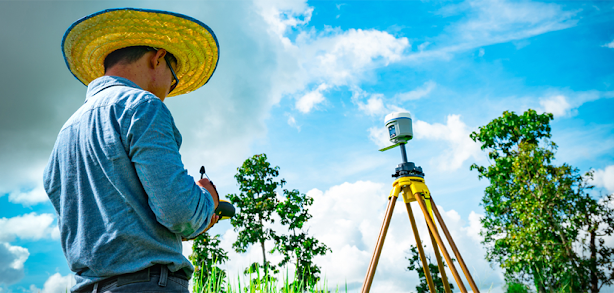What You Need to Know About Uphole Seismic Survey in Delhi | {Shijayproject}
If you’re a resident of Delhi or any other city in India that experiences frequent earthquakes and tremors, then you must be aware of the fact that such natural phenomena can also take place in your area at any time. You may even have experienced some earthquake-like activities in your city at one point or another. That said, if you reside somewhere where there is the possibility of an earthquake striking anytime, it would be wise to stay informed about any impending danger as much as possible. This can help you stay safe and prepared for any eventuality in the future. In this article, we will reveal all you need to know about the uphole seismic survey in Delhi and its implications on society there.
Uphole Seismic Survey in Delhi is a method of detecting the presence of oil and gas reserves on the earth. It is done by drilling a hole on the surface of the earth and then measuring the depth of the hole. This process is known as an uphole seismic survey in Delhi. The uphole seismic survey in Delhi is used to detect the presence of oil and gas reserves in the earth. This method is used to detect the presence of oil and gas reserves on the earth. It is also used to detect the presence of oil and gas reserves on the earth. The uphole seismic survey in the detection of oil and gas reserves in the earth is done by drilling a hole on the surface of the earth and then measuring the depth of the hole. This process is known as an uphole seismic survey.Uphole Seismic survey in Delhi is conducted to detect the presence of oil and gas reserves on the earth. It is
conducted to detect the presence of oil and gas reserves on the earth. It is also
conducted to detect the presence of oil and gas reserves on the earth. It is also
conducted to detect the presence of oil and gas reserves on the earth.
The process of uphole seismic survey in Delhi is very simple.
The first step is to drill a hole in the surface of the earth.
The second step is to measure the depth of the hole.
The third step is to use the hole to detect the presence of oil and gas reserves in the earth.
The fourth step is to use the data from the hole to create a map of the oil and gas reserves on the earth.
The fifth step is to use the map to make decisions about how to drill the next hole.
The sixth step is to use the map to make decisions about how to drill the next hole.
The seventh step is to use the data from the hole to create a map of the oil and gas reserves on the earth.
The eighth step is to use the map to make decisions about how to drill the next hole.
The ninth step is to use the data from the hole to create a map of the oil and gas reserves on the earth.
The tenth step is to make decisions about how to drill the next hole.




Comments
Post a Comment